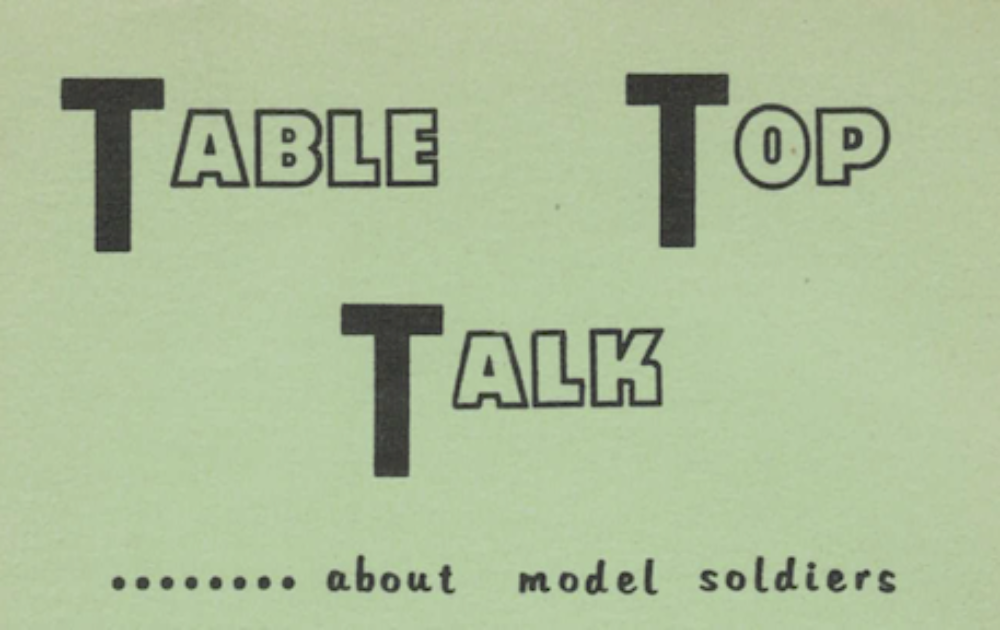I. BASIC CONCEPTS
GRAND ARMY is a set of rules for wargames played with military miniatures of 9mm or 15mm scale, simulating land warfare of the Napoleonic and American Civil War eras. The figures are fastened onto stands (movement trays) for play, because the large number of figures would take too much time to move individually.
The number of players which can play will depend on the number of figures available, the space available, and the amount of experience the players have with these rules. Two players could fight out a small battle with a couple of brigades apiece on a 3-foot-square card table, but the actual battles of these two historical periods were massive affairs and these rules were designed with that in mind. A 4’x8′ sheet of plywood or 5’x9′ ping pong table will allow four, six or even more players to maneuver armies representing several divisions, even corps. Even larger tables — and armies — are possible, of course.
The easiest, and most fun, way to learn to play is to read through these rules once and then participate, as a minor commander, in a game with experienced players, then reread the rules. However, this is not always possible. In that case, start small with simple situations such as frontal attacks, and don’t worry about who wins or loses. For large games it is recommended — even among experienced players — to have at least one “player” to act as “judge”. That is, he does not play on either side, but acts as referee, designs the situation and generally insures that the game follows the rules.
Experienced miniatures players will probably find one of the most unusual features of these rules to be the 3-stand units. Most rules for these periods usually call for one stand for each company or else cast all in the mold of the French battalions of 1808-1815 with six stands (companies). G.A. ignores companies. The whole purpose of these rules is to get away from casting the player in the roll of battalion or regimental commander and promote him up to division or corps level. To do this it is necessary to think of battalions as units — indivisible. So why not a one-stand unit? Because it is still desirable to form battalions into various formations, and this is best simulated by the arrangement of the stands.
The 3-stand unit also allows a unit to lose effectiveness without being completely wiped out. This brings us to the other most unusual feature — Effect of Fire. Most miniatures rules have used a casualty roster system for taking losses. That is, casualties are expressed in terms of figures “killed” and these are either marked by “casualty caps” or some such, or kept track of on paper. This is a hold over from the days before stands, or “movement trays” were introduced. This works reasonably well until you get too many units involved, then the bookkeeping begins to bog you down. In G.A. the concern is not so much how many enemies a volley knocks down as “what is the effect of the fire on the target”. (The loss of a stands represents not just the killed and wounded but also those who run. hide, or otherwise stop fighting for the day.)
The heart of these rules is in the charts, and we recommend that you copy these off onto large pieces of poster board and place them where they can be seen by all players, for easy, reference. The charts are also where most of the differences between the Civil War and Napoleonic Wars are shown. All rules apply to both periods unless otherwise indicated.
